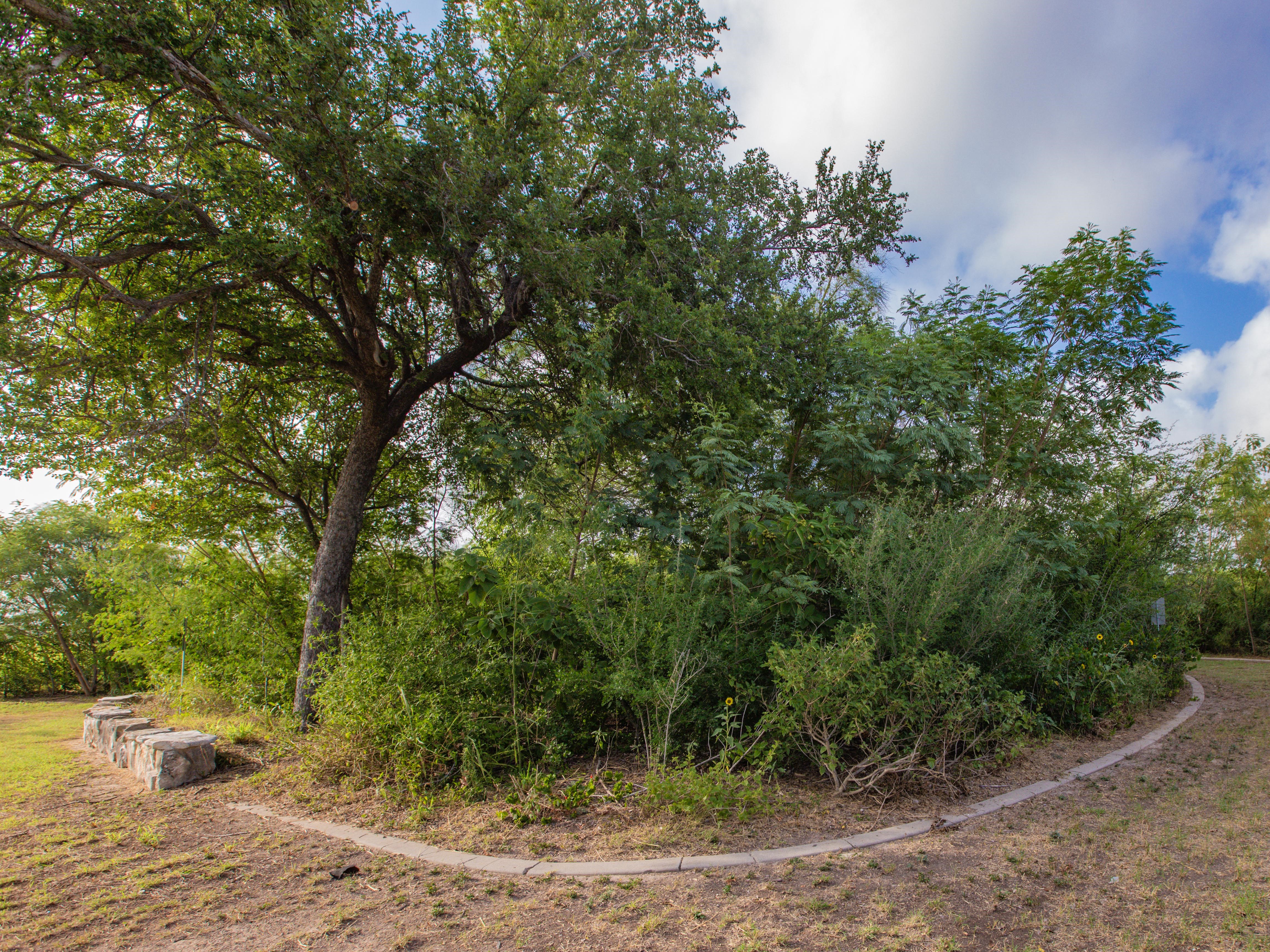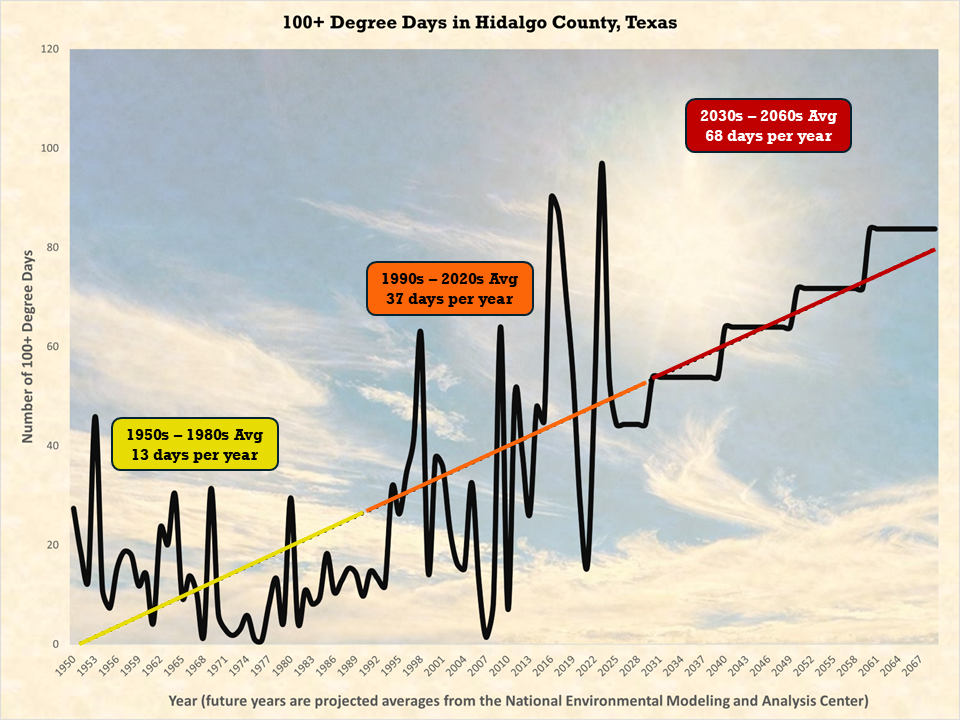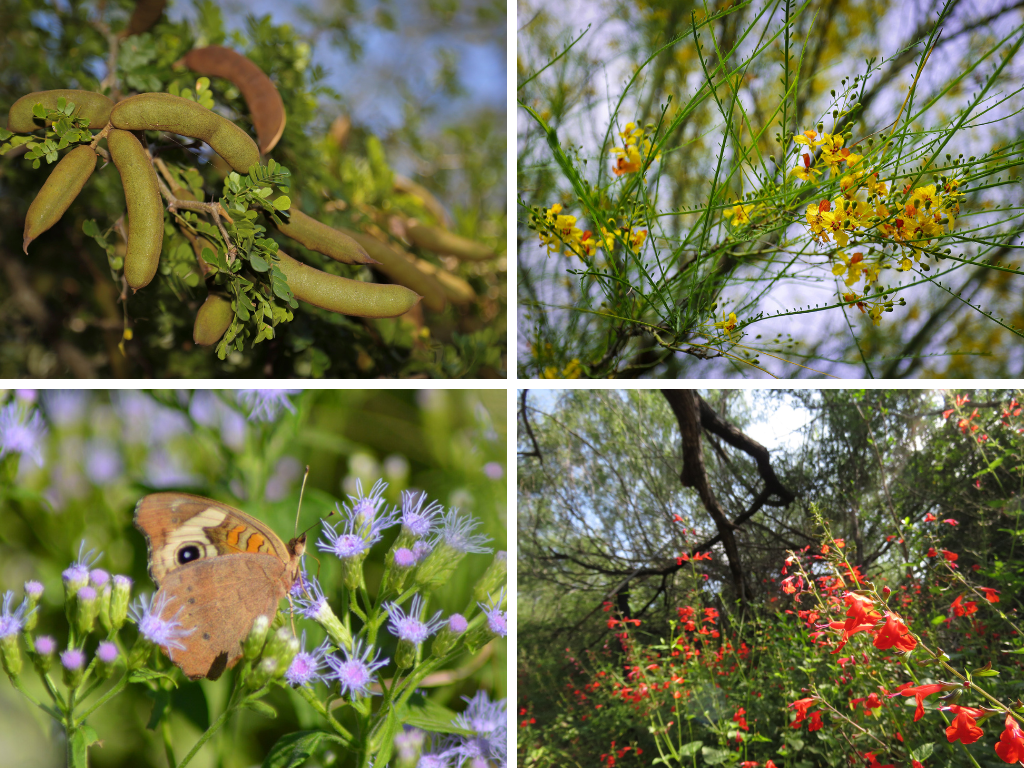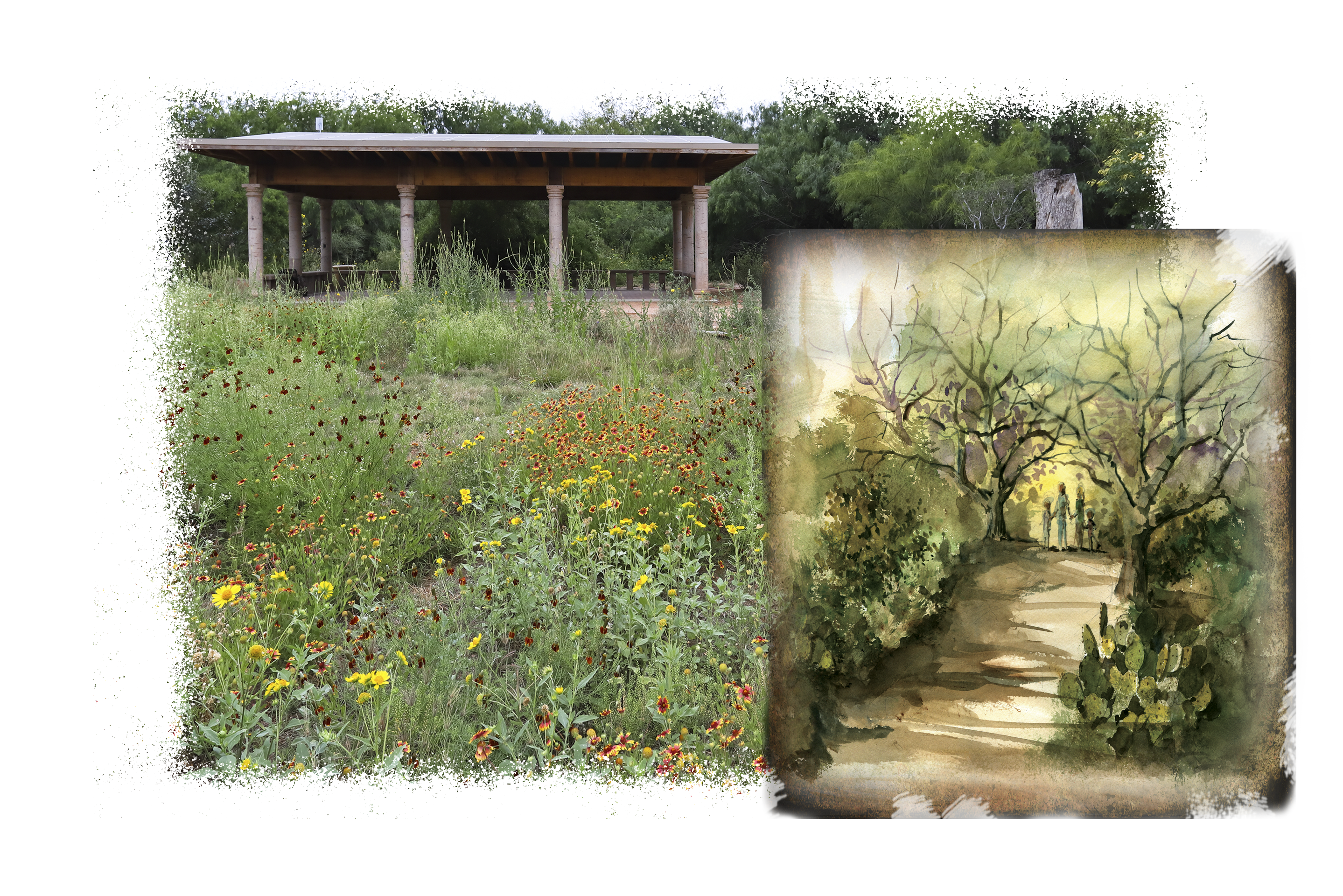Tiny Forests
About Quinta Mazatlan
Quinta Mazatlan is cherished locally and recognized internationally as a sanctuary connecting people to the history, beauty, and wonder of our natural world. Located in the Rio Grande Valley of Texas, our mission is to work with partners to advance environmental education, eco-tourism, and the environment for the health of all.
Ecological Context of The Rio Grande Valley
The Rio Grande Valley is a borderlands of conservation concern, host to an incredible diversity of plants and animals - including many species that are found little to nowhere else in Texas and the United States of America. The Rio Grande Valley is also a region that has experienced significant land-use change over the past 125 years. Vast areas of riparian forests, thornscrub, and grasslands have been cleared for agriculture and urban development, with some scientists estimating that only 5 – 10% of those habitats remain intact.
WHAT IS A TINY FOREST?

A Tiny Forest is a dense, fast-growing forest that resembles forests found naturally in a region. They are designed to quickly transform small plots of urban land (usually covered in turf grass) into biodiverse pockets of forest that benefit people and wildlife.
Why Tiny Forests?
In that context, where more than 890,000 acres of the region is considered developed urban space, its increasingly important to grow more forests to address environmental concerns.

1.) Urban Heat: Cities in the Rio Grande Valley are some of the hottest in the United States, with temperatures expected to continue to rise in the coming decades.
- 100 °F Days: The number of days per year with temperatures over 100 degrees Fahrenheit. Data from the National Environmental Modeling and Analysis Center for Hidalgo County, TX.
- 1950s – 1980s: 13 days per year (historical average)
- 1990s – 2020s: 37 days per year (modern average)
- 2030s – 2060s: 68 days per year (projected average)
2.) Tree Cover: Trees and other woody vegetation are powerful ways to mitigate urban heat, and there is ample space to plant more in Rio Grande Valley cities.
- 16.5% tree canopy cover (Texas Communities average 28% tree canopy cover)
- 40% grass/herbaceous cover (space that could be planted with trees or large shrubs)
3.) Biodiversity Support: In addition to the importance of biodiversity for ecosystem health, ecotourism (nature-observing tourism) also contributes to the Rio Grande Valley's economy.
- 525+ bird species (3/4ths of all species documented in Texas)
- 300+ butterfly species (2/3rds of all species documented in Texas)
- 110+ dragonfly and damselfly species (1/2 of all species document in Texas)
- $463 million economic output and over 6,000 jobs supported in the Rio Grande Valley

4.) Water Conservation
- Nearly 1/2 of municipal water in Texas goes to urban landscapes dominated by turf grass.
- Forest vegetation can mitigate flooding through increased infiltration and slowing runoff.
- Tree shade reduces irrigation demand for other plants in landscaping.
What are the benefits of Tiny Forests?
There are many ways that Tiny Forests can benefit a community, from supporting wildlife to providing ecosystem services like cooling and flood reduction, to educational opportunities.
Biodiversity Benefits
- 30+ native plant species, including trees, shrubs, and successional wildflowers.
- Each plant has relationships with wildlife, from being host plants for caterpillars to providing fruit for local birds to being places for wildlife to rest and raise their young.
- Over 125 species of wildlife documented so far at McAllen Tiny Forests
Temperature Benefits
- Tree shade can reduce surface temperatures by 20 – 45 °F and air temperatures by 2 – 9 °F.
- During the day, air temperatures can be 10 °F cooler in a Tiny Forest than outside of one.
Water Benefits
- Water can infiltrate soils 32% faster in a Tiny Forest than outside of one.
People Benefits
- People feel more thermally comfortable in Tiny Forests.
- Tiny Forests are full of learning opportunities, from learning how to identify local plants and animals, to environmental monitoring methods, to inspiring art and creative writing projects.
WHO STARTED THE TINY FOREST METHOD?
Whether they’re called Tiny Forests, pocket forests, or microforests, they all owe their method to Akira Miyawaki, a Japanese botanist and ecologist who specialized in forest restoration. Over his career, Miyawaki was involved with the planting of over 40 million trees at over 1,400 sites around the world. His method has been adapted by organizations in the United States, United Kingdom, Japan, India, Italy, France, the Netherlands, and other countries around the world.
Miyawaki was inspired by visits to remnant patches of old forest at Shinto sites, looking at them as time capsules to what forests in the area used to look like, with main tree species, sub-tree species, shrubs, and groundcover plants. From there, Miyawaki developed his method.
1.) Soil Amendments. Miyawaki would analyze the soil of site – looking at its structure and composition – and then use local available amendments to improve it for planting. Sometimes this involved excavating soil to add compost or other organic materials.
2.) Dense plantings. Then, Miyawaki would plant local species from the aforementioned categories (trees, shrubs, etc.) at a much denser rate than usual forestry methods.
3.) Establishment care. For the next 2-3 years, the forest would be monitored, watered, and weeded to ensure those plants established healthy roots.

OUR TINY FOREST METHOD
Like other Tiny Forest practitioners, we have modified the method to fit our local environment. Here are the key features of McAllen’s Tiny Forests.
Small Size & Flexible Configuration
This allows Tiny Forests to be planted in a variety of urban locations, including roadsides, city parks, schoolyards, and other city sites.
- Size of tennis court up to 1-acre
- Can be shaped to fit the available land
Large Diversity of Rio Grande Valley Plant Species
We select species native to the thornforest and thornscrub habitats in the Rio Grande Valley, but the species can vary depending on the environment of a particular location.
- 30+ species native to the RGV
- Generalist species found across the region
- Mix of fast-growing and slow-growing species
Dense Plantings
This is vital component of any Tiny Forest planting project. Planting densely encourages quicker forest growth through mutualism (shading each other, improving soil structure, microbial and fungal networks) and competition between plants (competing for sunlight).
- Target planting rate of 2 plants per 11ft2 .
- Plants are arranged in a semi-random fashion, so that there is not a perfectly even distribution of species nor too much clumping.
Wood Mulch
Our Tiny Forests are covered in a 2 – 3 inch layer of mulch.
- Soils covered by mulch hold more moisture and for longer than bare soils.
- Mulch eventually breaks down and add nutrition to the soil.
- It is far easier to remove weeds from mulch than from gravel or bare soil.
Establishment Care
The work isn’t over once the forest has been planted! Providing care for the new forest is an important step to ensure its success.
- Watering with long-term resilience in mind.
- Weeding out invasive grasses and other species that might inhibit forest growth.
- Monitoring the forest for growth and health
Community Involvement
Tiny Forests are great learning opportunity and way for people to meet a forest.
- Signage that explains the Tiny Forest process
- Community planting days to celebrate the Tiny Forest opening
- Amenities like trails, stepping stumps, or benches
Put together, each of the above steps contributes to the success of a Tiny Forest and sets them apart from more traditional forestry and urban landscaping. Without those steps, the forest would not grow as densely or as quickly as it should and wouldn’t provide as high-quality habitat for birds and other wildlife.
Tiny Forest at Cathey Middle School
.png?sfvrsn=4ac49d9_1)
| Spring 2023 | Fall 2024 |
The CUE planted over 2,000 native trees and shrubs at Cathey Middle School in McAllen. This forest features more than 30 species of plants native to the Rio Grande Valley and covers 10,750 square feet.
Thank you to our partners including the Friends of Quinta Mazatlan, the City of McAllen (Public Works, Parks & Recreation, Convention Center), McAllen Independent School District and many volunteers.
Tiny Forest at Ware Road & Jordan Road
.png?sfvrsn=c322c45c_1)
| Spring 2023 | Fall 2024 |
The CUE planted 1,800 native trees and shrubs to create a roadside forest near the Palm View Community Center in McAllen. This forest features more than 30 species of native plants and covers 9,000 square feet.
Thank you to our partners including the Friends of Quinta Mazatlan, City of McAllen (Public Works, Parks & Recreation, Convention Center) and many volunteers.
Tiny Forest at Sam Houston Elementary
.png?sfvrsn=c76886bb_1)
In partnership with the McAllen Independent School District and the McAllen Convention Center, the CUE planted over 1,800 native trees and shrubs at Houston Elementary School in McAllen. This forest features more than 30 species of plants native to the Rio Grande Valley and is 10,000 square feet.
Tiny Forest at the McAllen Public Library
.png?sfvrsn=c89d7a53_1) In partnership with the McAllen Public Library and H-E-B, the Center for Urban Ecology at Quinta Mazatlan planted over 1,100 plants at the McAllen Public Library in McAllen, Texas. This forest features more than 30 species of plant native to the Rio Grande Valley is is over 10,000 square feet in size. The land at the Tiny Forest used to be entirely paved over with asphalt when the library building was a big box store. Learn more at the CUE blog!
In partnership with the McAllen Public Library and H-E-B, the Center for Urban Ecology at Quinta Mazatlan planted over 1,100 plants at the McAllen Public Library in McAllen, Texas. This forest features more than 30 species of plant native to the Rio Grande Valley is is over 10,000 square feet in size. The land at the Tiny Forest used to be entirely paved over with asphalt when the library building was a big box store. Learn more at the CUE blog!HOW CAN YOU HELP?
Sponsor a Tiny Forest
Quinta Mazatlan invites you to sponsor a Tiny Forest—a powerful way to support environmental conservation and community well-being. A Tiny Forest sponsorship is $35,000, with your generous contribution including:
- Personalized recognition at the forest site (metal plaque on natural stone)
- Public relations and media exposure
- Community planting day for your company or family
- Custom dedication ceremony
- Opportunities for team volunteer events
- Permanent impact – your forest will thrive for generations Each Tiny Forest is thoughtfully designed and features more than 30 species of native plants and replicating the unique and special thornforest of the Rio Grande Valley. Join us in growing a greener future – one Tiny Forest at a time.
.jpg?sfvrsn=b3769e8c_0)
Volunteer at a Tiny Forest
Another way to give is by volunteering as a Tiny Forest Steward, helping to care for the forests that provide for people and wildlife.
You can support Tiny Forests by giving your time and talent! Quinta Mazatlan offers monthly volunteer opportunities to help maintain and monitor the Tiny Forest habitat.
- Assist with forest maintenance
- Learn about native plants and wildlife
- Be part of a community making a difference
Visit our calendar of events for upcoming volunteer opportunities. Fill out a volunteer application so you can volunteer when you have time!
2026 Tiny Forest Volunteer Opportunities:
- -Tiny Forest Palm View | Jan 24 | 10am-12pm
- -Tiny Forest Fireman's Park | Feb 21 | 10am-12pm
- -Tiny Forest McAllen Public Library | Feb 28 | 10am-12pm
Together we can nurture the forest – one seedling at a time.
IN PROGRESS: Tiny Forest at Fireman’s Park
The next Tiny Forest will be installed at Fireman’s Park in October 2025.
-(1).jpg?sfvrsn=dd796c85_1)
• Before: a space dominated by irrigated turfgrass (picture on left)
• In Progress: Tarping as part of site preparation process. (picture on right)
Join Us: Community Planting Day on October 25th , 2025.
-(2).jpg?sfvrsn=e4407878_0)
Show Your Support

Support Quinta Mazatlán by becoming a member, giving your time as a volunteer or a donation. Your gift helps us care for the conservation of plants, education for children & adults, programs for the community & the mission & goals of Quinta Mazatlán.

